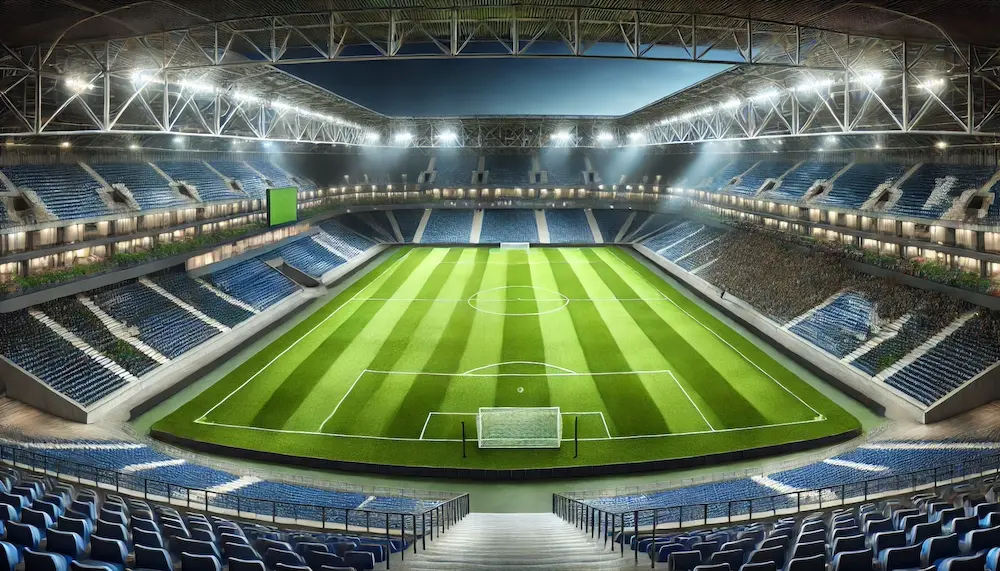Professional soccer fields are meticulously designed to meet international standards, ensuring optimal playing conditions and uniformity across competitions. This article delves into their dimensions, construction standards, key features, applications, and considerations for maintenance.
Introduction to Professional Soccer Fields
A professional soccer field, or pitch, is a rectangular playing surface adhering to specific dimensions and quality standards set by governing bodies like FIFA. These fields are engineered to provide consistent playing conditions, enhance player performance, and accommodate large audiences.
History and Origins of Professional Soccer Fields
The standardization of soccer fields began in the late 19th century with the establishment of formal rules by organizations such as The Football Association in England. Over time, international bodies like FIFA have refined these standards to ensure uniformity in field dimensions and surface quality across global competitions.
Key Features of Professional Soccer Fields
- Standard Dimensions: According to FIFA’s recommendations, a professional soccer field should measure 105 meters in length and 68 meters in width.
- High-Quality Playing Surface: Fields are typically composed of natural grass or advanced artificial turf systems that meet stringent performance criteria. The choice of surface impacts player safety and game quality.
- Advanced Drainage and Irrigation Systems: To maintain optimal playing conditions, professional fields are equipped with sophisticated drainage and irrigation systems that manage water efficiently, preventing surface water accumulation and ensuring the pitch remains playable in various weather conditions.
- Compliance with Safety Standards: Fields must adhere to safety regulations, including appropriate field markings, goalpost specifications, and surrounding area requirements to ensure player and spectator safety.
Applications of Professional Soccer Fields
- Hosting Competitive Matches: These fields are the standard for professional leagues, international tournaments, and other high-level competitions, providing a consistent environment for the sport.
- Training Facilities: Professional clubs utilize fields that mirror match conditions for training purposes, allowing players to practice in environments similar to actual game settings.
Considerations When Choosing Professional Soccer Fields
- Surface Material: Deciding between natural grass and artificial turf involves considerations of maintenance, climate, and player preferences. Natural grass offers a traditional playing experience but requires intensive upkeep, while artificial turf provides durability and lower maintenance but may affect play differently.
- Compliance with Regulations: Ensuring the field meets the dimensional and safety standards set by governing bodies is crucial for hosting official matches. Non-compliance can lead to disqualification from hosting events.
- Maintenance Requirements: Regular maintenance, including mowing, watering, and surface repairs, is essential to preserve field quality and safety. Implementing a comprehensive maintenance plan extends the field’s lifespan and ensures optimal performance.
Conclusion
Professional soccer fields are integral to the sport, providing a standardized and safe environment for players and enhancing the spectator experience. Adherence to established dimensions and construction standards is essential for maintaining the integrity of the game at the highest levels.
